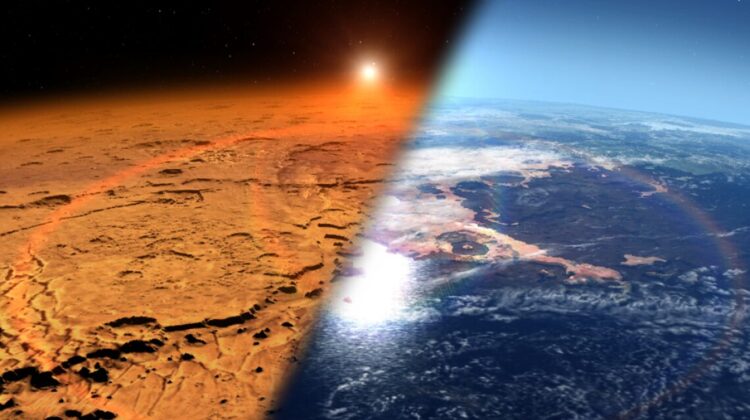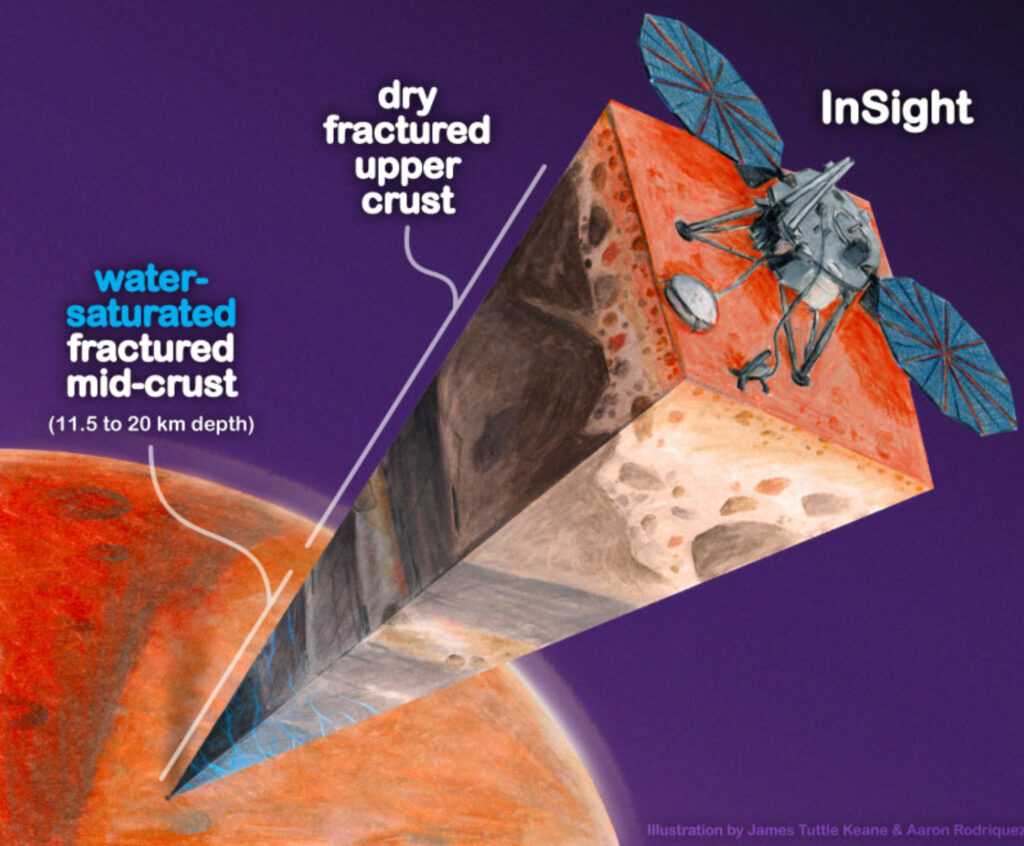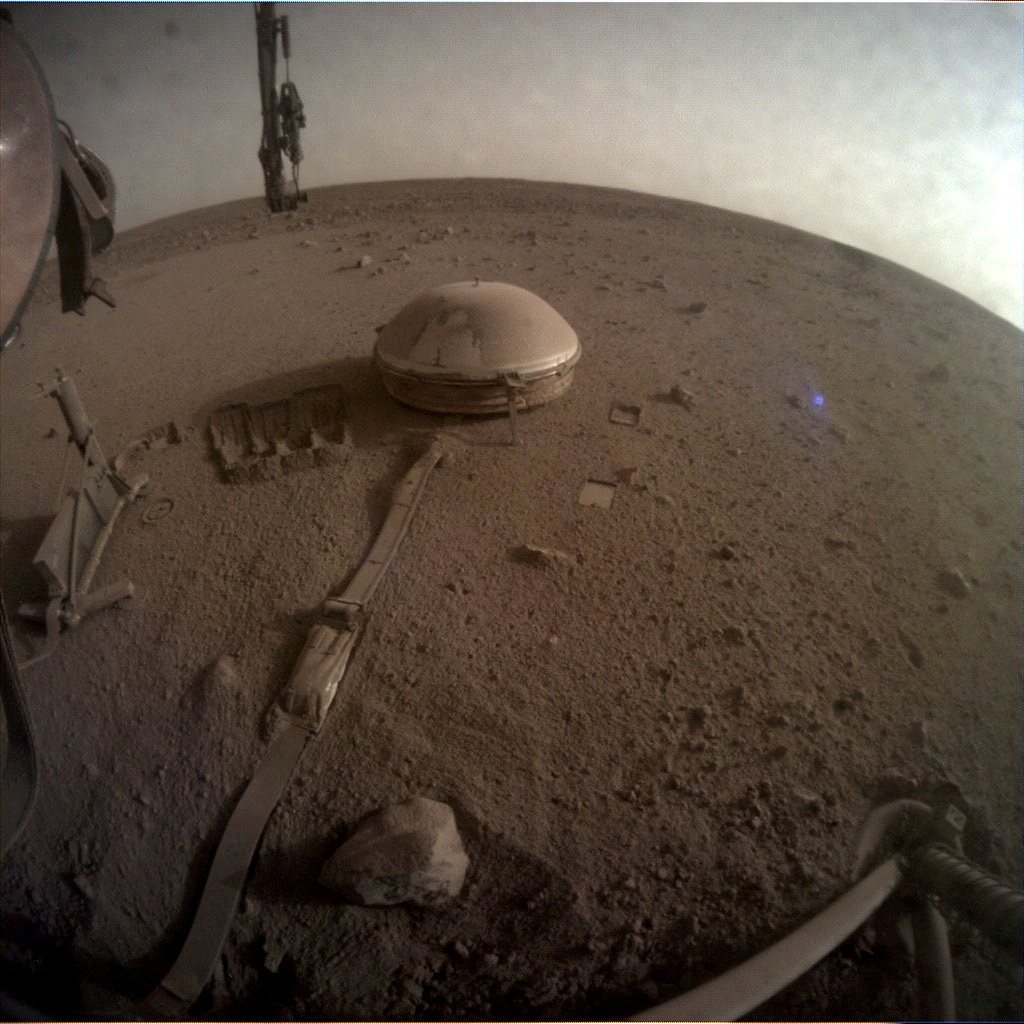
“We have identified a place that should, in principle, be able to sustain life.”
In a monumental breakthrough, data from NASA’s Interior Exploration using Seismic Investigations (InSight) Lander has revealed the presence of an enormous reservoir of liquid water buried deep within Mars’s crust.
This revelation comes from a sophisticated analysis of seismic vibrations that traverse the Martian interior. By studying these seismic waves, scientists have unlocked unprecedented insights into Mars’s subsurface, shedding light on its water distribution and other crucial environmental factors.

“Understanding the Martian water cycle is fundamental to unraveling the planet’s climate, surface processes, and internal structure,” said Vashan Wright, a geophysicist at UC San Diego’s Scripps Institution of Oceanography and lead author of the groundbreaking study. “Our starting point is to pinpoint where water is located and to measure its quantity.”
The study’s findings are based on detailed observations of variations in seismic wave speeds caused by Marsquakes. The data suggests that “a mid-crust filled with fractured igneous rocks saturated with liquid water provides the most coherent explanation for our observations.”
“Given the InSight location as a representative sample,” the study highlights, “a crustal thickness of 10 km with porosity ranging from 0.1 to 0.2 equates to 1 to 2 km of liquid water—surpassing the volumes thought necessary to fill previously hypothesized ancient Martian oceans. Therefore, Mars’ crust may have retained a significant portion of its water, challenging earlier theories of atmospheric loss.”
The researchers also pointed out that for such an immense quantity of liquid water to exist within the mid-crust, the upper crust must be sufficiently permeable and warm to allow water exchange between the surface and deeper layers.

Despite the exciting implications, this water lies at depths ranging from 11.5 to 20 kilometers (7.1 to 12.4 miles) beneath Mars’s surface, making it inaccessible to future human explorers for the foreseeable future. Nonetheless, this discovery opens up transformative possibilities for understanding life on Mars.
“Confirming the existence of a substantial reservoir of liquid water offers a window into Mars’s past and present climate conditions,” said Michael Manga, a UC Berkeley professor of earth and planetary science.

“And since water is essential for life as we understand it, there is no reason why this subterranean reservoir couldn’t support life. On Earth, deep mines and oceanic depths are teeming with life. While we have yet to find evidence of Martian life, this discovery identifies a location that, in principle, could potentially harbor life.”

Leave a Reply